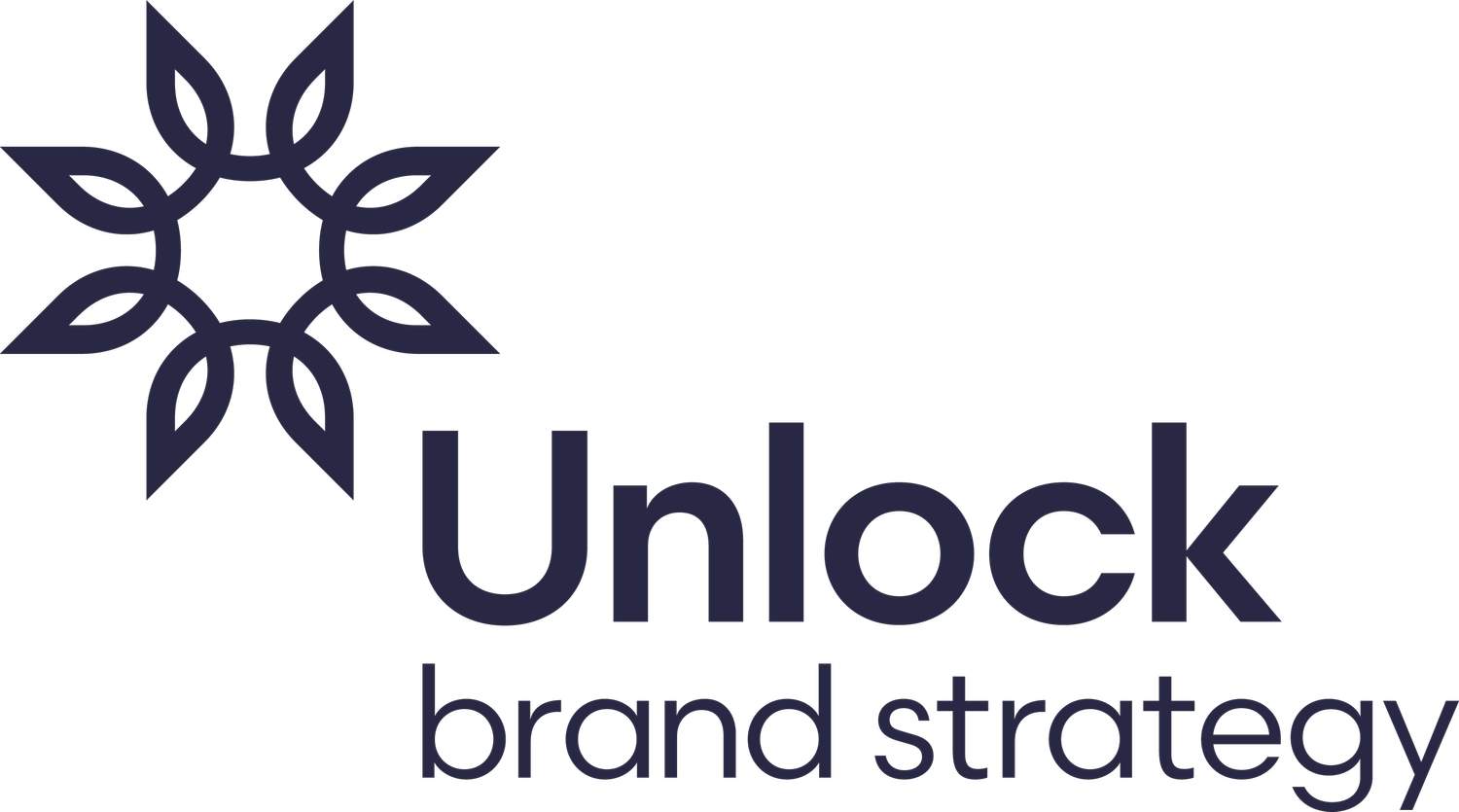The blonde and the bomb
The simultaneous – and much hyped – release of Barbie and Oppenheimer in movie theatres last month generated the third biggest weekend box office in history. The two movies, which could not be more different, share a surprising amount of similarities. Whilst claims that Barbenheimer signals the movie industry’s return to pre-pandemic health may be premature, the event does nonetheless provide reasons to be optimistic about the state of cinema and, more broadly, of popular culture.
The idea that you didn’t have to pick a side, for instance, but could enjoy both movies in a kind of surreal double bill isn’t just fun, it’s refreshing. In our increasingly divisive culture, it’s rare to see a movement that is not a zero-sum game.
But Barbenheimer is also a masterclass in movie marketing, with valuable lessons applicable beyond the entertainment sector.
Strong, successful brands command a clear space in culture. Like entertainment properties, they have heart and rally people around them. They tell stories that make people laugh, cry, or wonder. They contribute ideas that people find smart, entertaining, or useful. And they can spark important conversations and inspire change.
For Mattel, a major turnaround happened when they realised how deep that connection ran. Mattel’s Chief Operating Officer Richard Dickson told the New Yorker: “When our toys connect to what’s happening in the world, you see significant growth in the company. When we don’t, you see a blip. What you start to realise is: This is a pop-culture company.” Mattel now sees itself as “an IP company managing entertainment franchises”.
The reality is that all brands are cultural properties, no matter what sector they operate in. That’s why all brands can learn from the Barbenheimer phenomenon.
The first lesson is to trust talent. Both Barbie and Oppenheimer are the creations of exceptional artists, who were given the latitude to express their vision and the freedom to create the movies that they would want to watch, movies with artistic and intellectual integrity. Both films truly defy expectations of a summer blockbuster. They are complex and challenging movies by auteur-like directors, dealing with existential themes. And not a single superhero in sight. Admittedly, Barbie does benefit from colossal ‘pre-awareness’, but Greta Gerwig’s movie is nothing like the bland, cynical, two-hour long toy commercial many had anticipated. It lampoons Mattel’s corporate culture and does not shy away from deep pronouncements such as: “by giving voice to the cognitive dissonance required to be a woman under the patriarchy, you robbed it of its power!” Sugar-coated it may be, but it’s nevertheless packed with nutrients. Great brands don’t give people what they expect: they give them more. They work with the most talented people in the world, give them a clear brief, and often buy work that challenges the conventions of their category.
One way they do this is by leaning into difficult truths. People tend to reward brands that face their own contradictions instead of trying to sweep them under the carpet. It can’t have been easy for Mattel to buy a script that confronts the idea that Barbie’s unattainable standards of beauty and achievement might be putting girls under pressure. But their willingness to ‘get comfortable about being uncomfortable’, as Gerwig put it, has earned them a whole new set of feminist credentials. For all the things people love about a brand, there often is a shadow. Brands that truly connect with culture tend to acknowledge both sides.
Barbenheimer also reminds us about the importance of building the biggest tent you can build. A decade after Byron Sharp first pointed to penetration as the key to growth, these two movies offer a great example of how to market to the entire market. They did not limit themselves to their natural audiences (young girls for Barbie, arthouse fans for Nolan) or traditional movie marketing channels. Every step of the journey to launch, even the most minute reveal, was treated as a major event. Oppenheimer’s first trailer was released with a live countdown announcement on Twitter and YouTube that reflected the film’s atomic bomb testing storyline. Through advertising, partnerships, and PR, both films massively amplified their reach. Barbie, in particular, connected with areas of culture far beyond movies, from fashion to music or lifestyle. From the Malibu Dreamhouse in partnership with Airbnb to the selfie generator or the Progressive Insurance commercials set in Barbieland. Overall, Barbie achieved total cultural domination with nearly 100 branded collaborations, licensing (luggage, apparel, make up), a number one soundtrack album, and Barbiecore fashion trending among celebrities. This significantly boosted the impact of the movie’s sizeable – but not exceptional – marketing budget.
Barbenheimer may not herald a new golden age for the movie industry. It does, however, offer hope for popular culture and clear pointers for brands aspiring to command their place within it.
